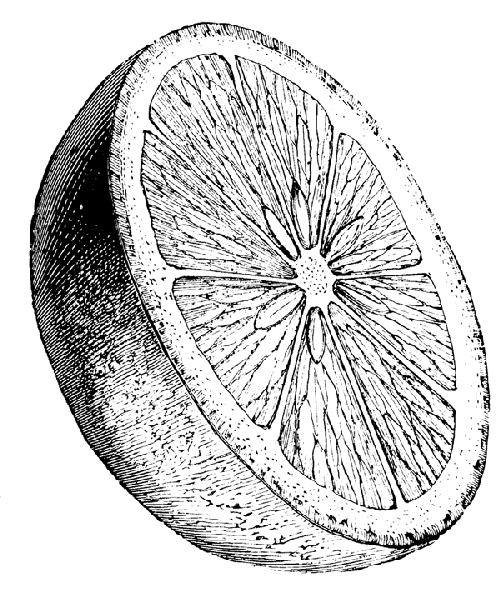Combine in a large jar: 2 cups (450g) grain alcohol such as Everclear or
vodka ½ cup (160g) water 8 oz (250g) dried orange peel ½ teaspoon (3g) caraway seeds 1 teaspoon (2g) quassia chips 1 teaspoon (2g) cardamom seeds ½ teaspoon (0.75g) cinchona bark,
powdered 1 teaspoon (0.50g) coriander seeds ¼ teaspoon (0.25g) gentian
Make sure that the liquid covers the dry ingredients, adding more grain alcohol if
necessary, and screw on the lid. Shake vigorously to mix, about 20 seconds, once a day
for two weeks. After two weeks, remove the solids, boil them in water, and then add them to the
alcohol again. You can separate the liquid from the solids by straining it with a
cheesecloth or fine sieve, returning the liquid to the jar and placing the solids into
a saucepan. Muddle the solids with a pestle so that the seeds are broken open. In the
saucepan with the solids, add: 3
½ cups (800g) water
Bring to a boil and then simmer with lid on for 10 minutes. Turn off heat and
allow to return to room temperature for about an hour. Once cool, recombine the solids
and water with the alcoholic liquid in the jar. Shake vigorously for 30 seconds once a day for at least a week. Then strain out
the solids and discard them. 
Next, we’ll make a sugar syrup to add to the liquid. In an empty saucepan, bring
to medium heat: 1 cup (200g) sugar
Once the sugar starts to melt, stir constantly until the sugar caramelizes to a
dark brown color. Allow to cool for a few minutes. Add the liquid to the sugar, stirring it until
entirely dissolved. Transfer liquid to jar and let rest for a week. After a week, remove any solids that are floating and decant the clear liquid into
another container, leaving behind the sediment. You should have about 12 fluid ounces (350 ml) of liquid at this point. Add 6
ounces (180 ml) of water, shake thoroughly, and transfer to a bitters bottle (amber or
other opaque bottle to prevent light from breaking down some of the organic
compounds). Notes
When using bitters, a “dash” is a solid pour from a bottle with a
dash cap: bottle right-side up, rotate 180 degrees, and back. It’s not a side
trickle. Your “dashes” will be larger as the bottle gets emptier due to the
change in air volume in the bottle, but for practical purposes at home, it’s
probably not worth breaking out the milligram scale. (But if you do, a quick
check with my scale shows roughly 6 dashes to the gram.) A number of online sites exist for ordering bitters, in case you get
taken with them but don’t want to spend the time making them.
|